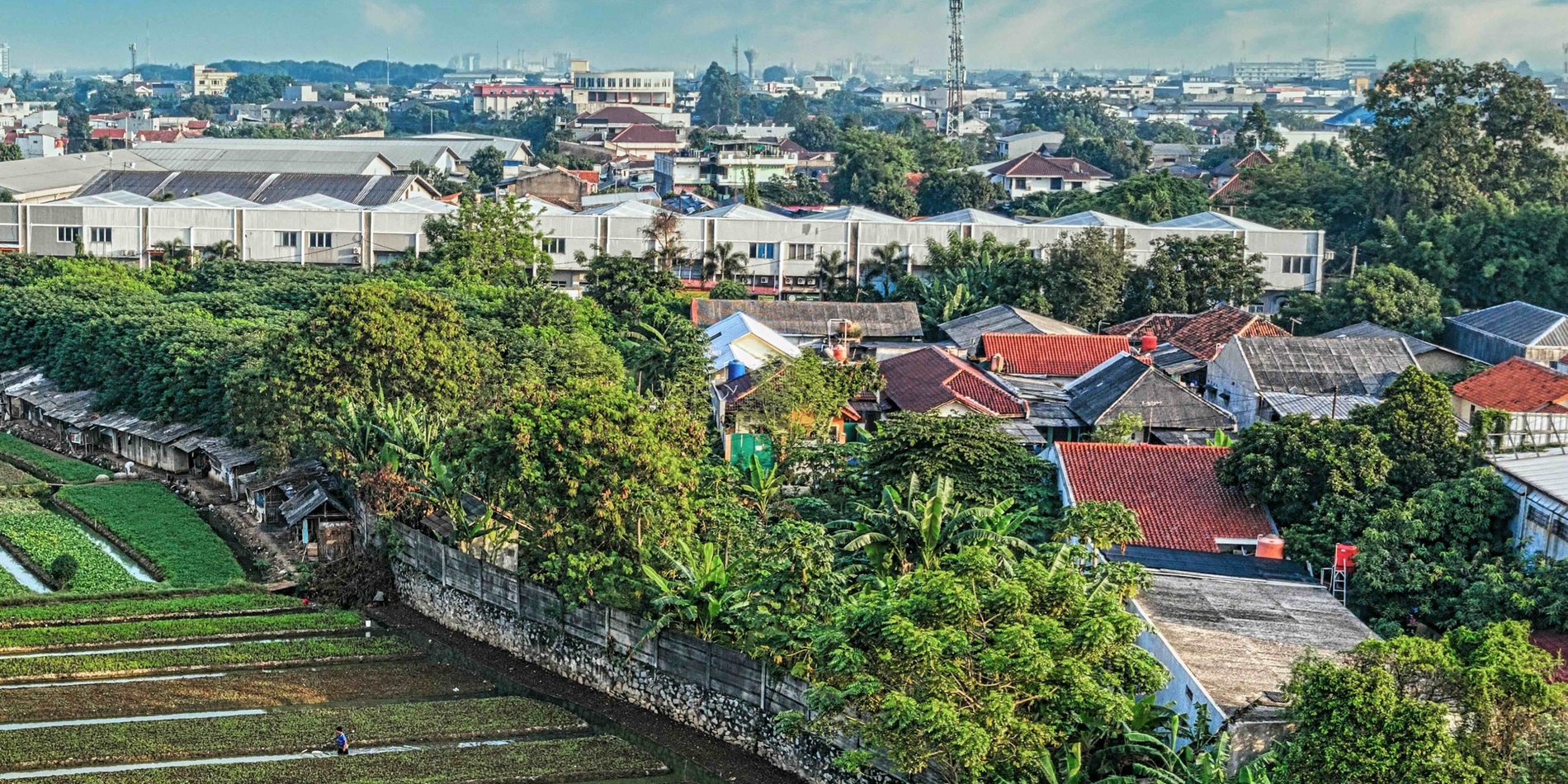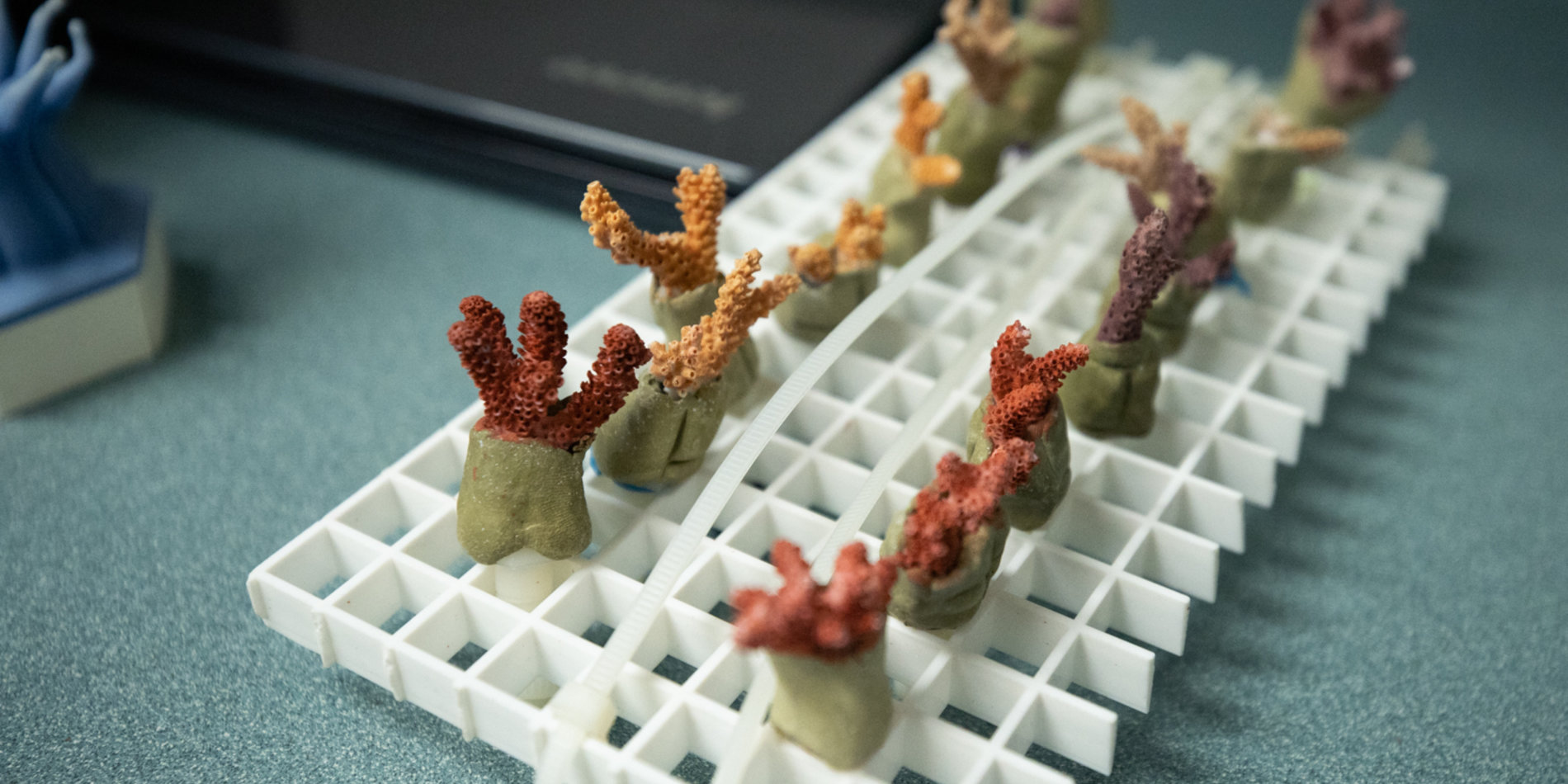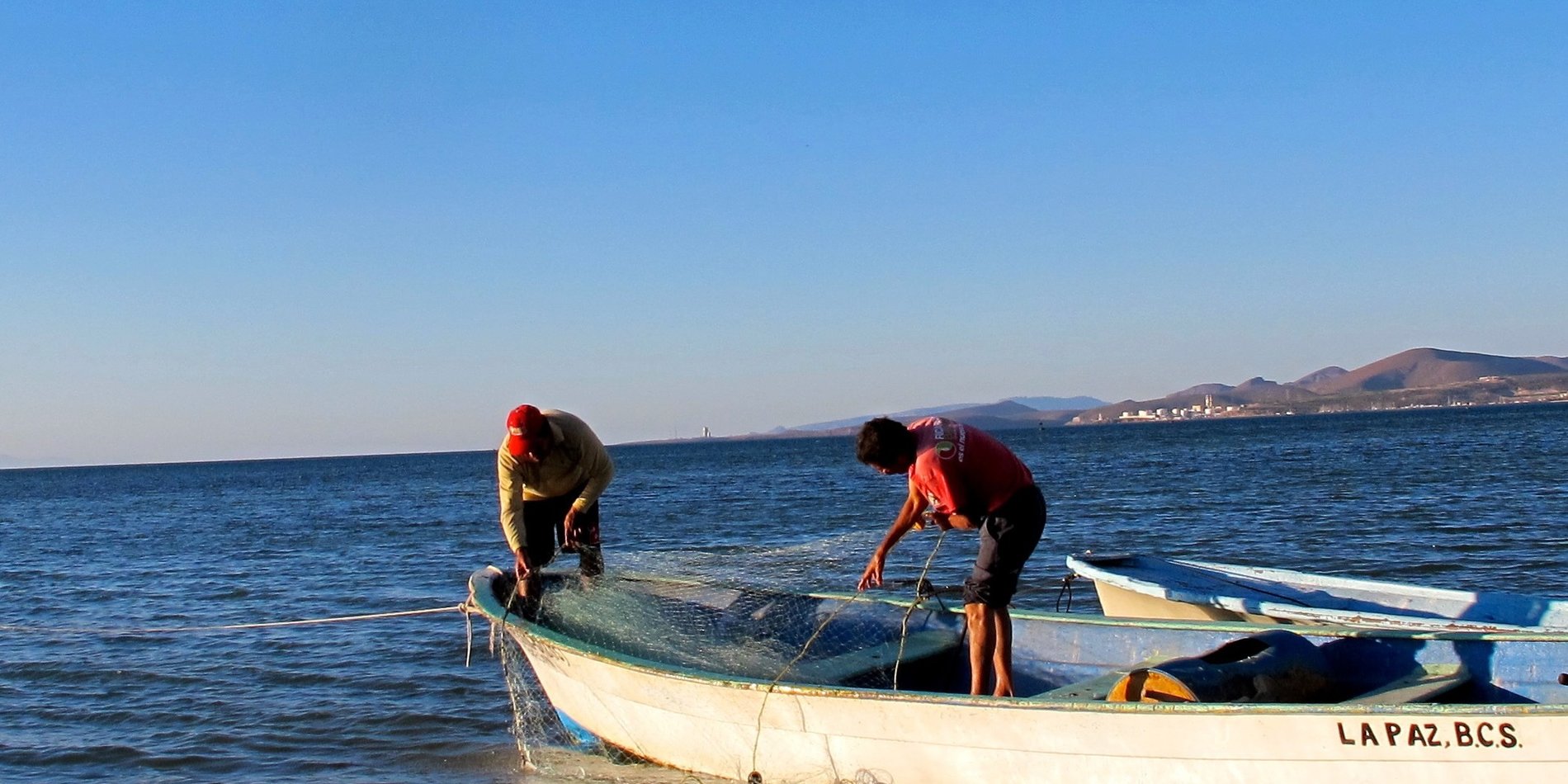A lot is changing for blue foods. Although wild-capture fisheries have been stagnant for decades, annual growth in fish consumption is twice as high as population growth. The difference has been met by aquaculture – the fastest-growing segment of the world food economy – bringing promises and risks for human and environmental well-being.
While there has been a lot of discussion of the future of food – including most recently the EAT-Lancet Commission – the role of blue foods has often been marginalized. There is therefore a strong need to bring together knowledge about the role of the oceans in the global food system.
More than 20 experts met in June to address this gap. The collaboration, led by Stanford University and the Stockholm Resilience Center in partnership with the EAT Forum, is launching a two-year project called the Blue Food Assessment to dive into understanding and addressing this gap.
The Blue Food Assessment includes plans for academic research and impact translation, dissemination and engagement around a series of topics including nutrition, the environment and economics, as well as cross-cutting themes like climate change, diversity, global markets and local food security.
“The project aims to expand scientific understanding of the role of blue food for planetary health and human wellbeing and outline pathways for a transformation to sustainable and healthy blue food for all people on the planet, now and in the future,” explains Jim Leape, co-director of Stanford’s Center for Ocean Solutions.
Blue foods not only provide critical nutrition in the form of protein and micronutrients to 3 billion people, they also directly generate livelihoods for 300 million people globally. This demonstrates that the fisheries and aquaculture sector is crucial in facing a future world without poverty, hunger and malnutrition.
“We intend for this Blue Food Assessment to provide the scientific foundation for bringing blue food into the heart of food system dialogues and decision-making,” explained Roz Naylor, founding Director of the Center on Food Security and the Environment. “Aquatic foods and their linkages with the broader food system are central to any discussion of the future of food,” added Liz Selig, deputy director of Stanford's Center for Ocean Solutions.
The Stockholm Resilience Centre is an international center of excellence for resilience and sustainability science. It is a joint initiative between Stockholm University and the Beijer Institute of Ecological Economics at The Royal Swedish Academy Sciences.
EAT is a global, non-profit startup dedicated to transforming our global food system through sound science, impatient disruption and novel partnerships.



